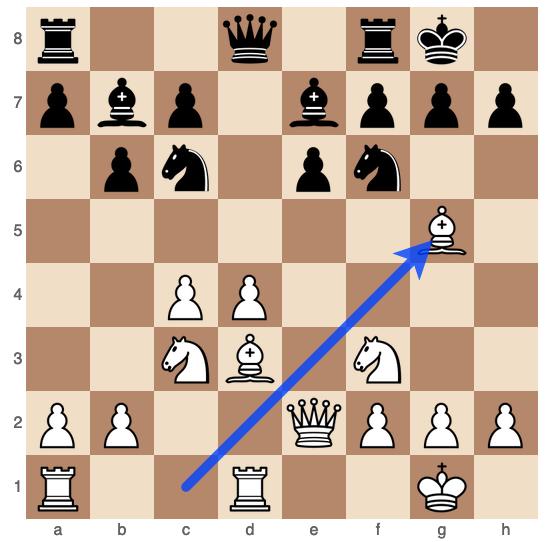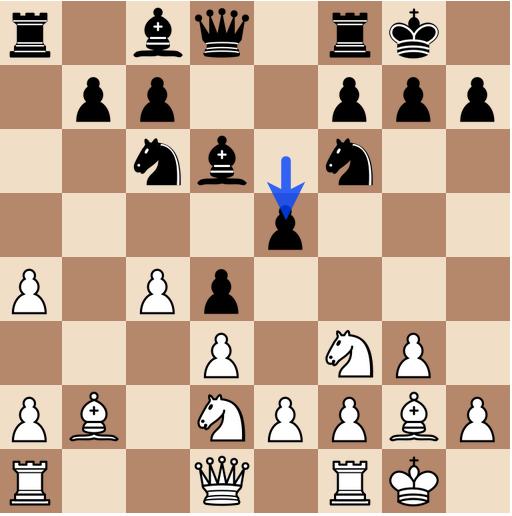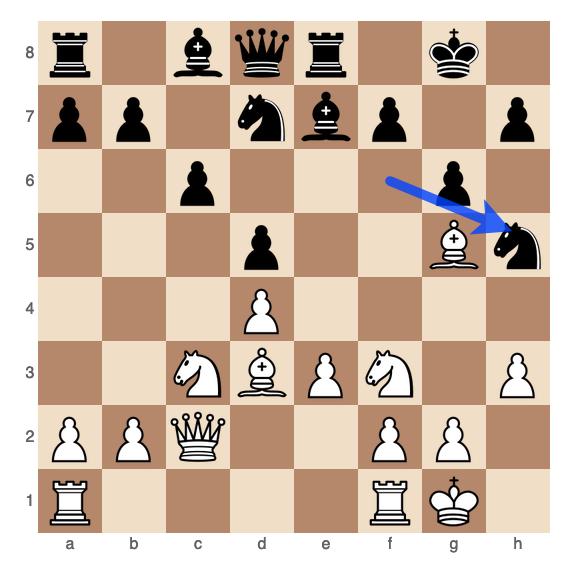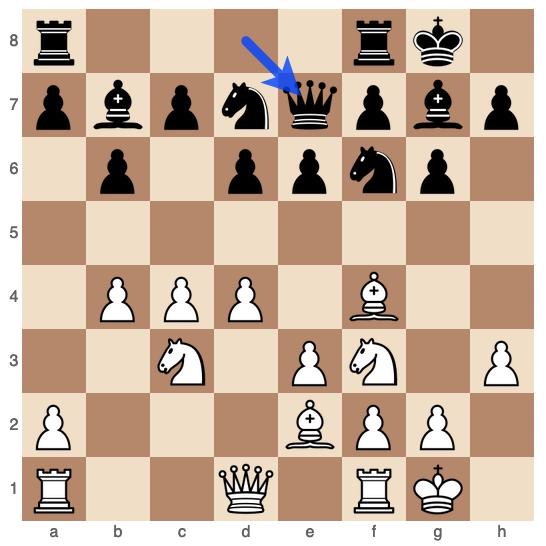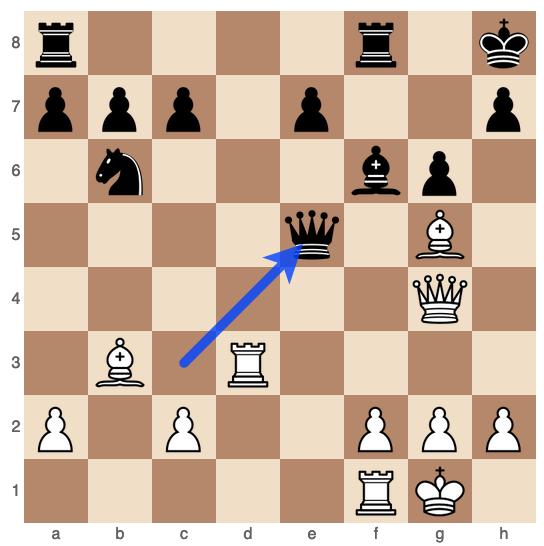In this intense and strategically rich encounter from Titled Tuesday, Guillermo Baches (Chessllermo) faces off against Kobe Smeets in a complex and dynamically balanced game that emerges from the Pirc Defense. Baches, playing White, navigates the intricacies of the opening, middlegame, and endgame with precision, ultimately outmaneuvering his opponent in a tense struggle that showcases his superior positional understanding and tactical awareness.
The Opening
The game begins with the Pirc Defense (1. d4 g6 2. e4 Bg7), where Smeets opts for a flexible, hypermodern approach, allowing Baches to establish a strong center with 3. c3 and 4. Nf3. Baches immediately sets the tone with 5. Bg5, pinning the knight and aiming for quick development. Smeets responds with the provocative 5…h6 and 6…b5, aiming for queenside expansion while challenging White’s setup.
By move 9, Baches has developed his pieces harmoniously, while Smeets has expanded on the queenside with 9…c5, signaling his intent to undermine White’s center. The game remains balanced, but Baches’ classical setup gives him a slight edge in space and piece activity.
The Middlegame
The middlegame begins to take shape after both sides have castled (11. O-O O-O). Baches’ plan becomes clear as he starts to build pressure on Black’s queenside with 13. a4 and 14. Bg3. Smeets tries to counter on the kingside with 14…g5 and 15…Nh5, looking to create complications and open lines for his pieces.
The critical moment arrives after 17. Bxb5, where Baches captures the b5 pawn, opening the a-file and putting pressure on Black’s queenside. Smeets responds with 17…Ne5, trying to activate his pieces, but Baches maintains the initiative with 18. Nxe5 Bxe5. The position is still dynamically balanced, but White’s superior pawn structure and piece coordination give Baches a slight edge.
The game continues with a series of accurate moves by Baches, who steadily improves his position with 20. Nc4 and 22. f4. The move 23. e5 highlights Baches’ deep understanding of the position, creating threats and maintaining his control over the center.
The Endgame
As the game transitions into the endgame, Baches has a clear plan: he focuses on controlling the open files and advancing his pawns. After 27…Rd7, Baches begins to increase the pressure with 29. Qe4, and 30. Ne3, keeping Smeets’ pieces tied down and limiting his counterplay.
The decisive sequence begins with 36. Ra1, where Baches activates his rook, preparing to invade Black’s position. Smeets tries to hold on with 38…e6, but Baches’ precise calculation and positional play leave Black with no real counterplay. By move 44, Baches has infiltrated with his king and rooks, and Smeets’ position is on the verge of collapse.
The final moves demonstrate Baches’ endgame technique as he skillfully maneuvers his pieces, with 46. Ra8 and 47. Ng3 sealing the deal. Smeets is unable to prevent White’s threats, leading to his resignation.
Conclusion
This game is a fine example of how to handle the Pirc Defense from the White side, particularly in terms of strategic planning and transitioning from the middlegame to a winning endgame. Baches’ patient buildup, combined with his ability to exploit weaknesses in his opponent’s position, ultimately led to a convincing victory.
Key Lessons:
- In the Pirc Defense, controlling the center and maintaining flexible piece development are key to gaining the upper hand.
- Patience and precision are crucial when converting a small advantage into a win, especially in complex middlegame and endgame positions.
- Active piece play and control of open files often determine the outcome of the endgame.
“Chess is a game of accumulation—every small advantage adds up until it becomes overwhelming.” Baches exemplified this principle by gradually outplaying his opponent and converting his positional advantage into a decisive victory.

